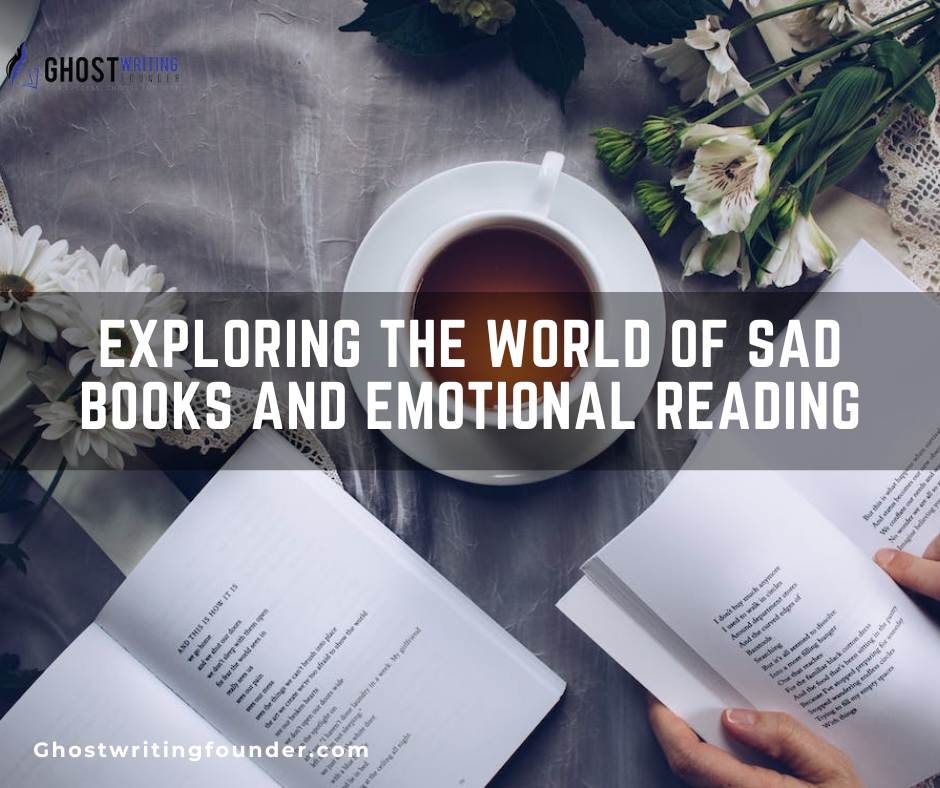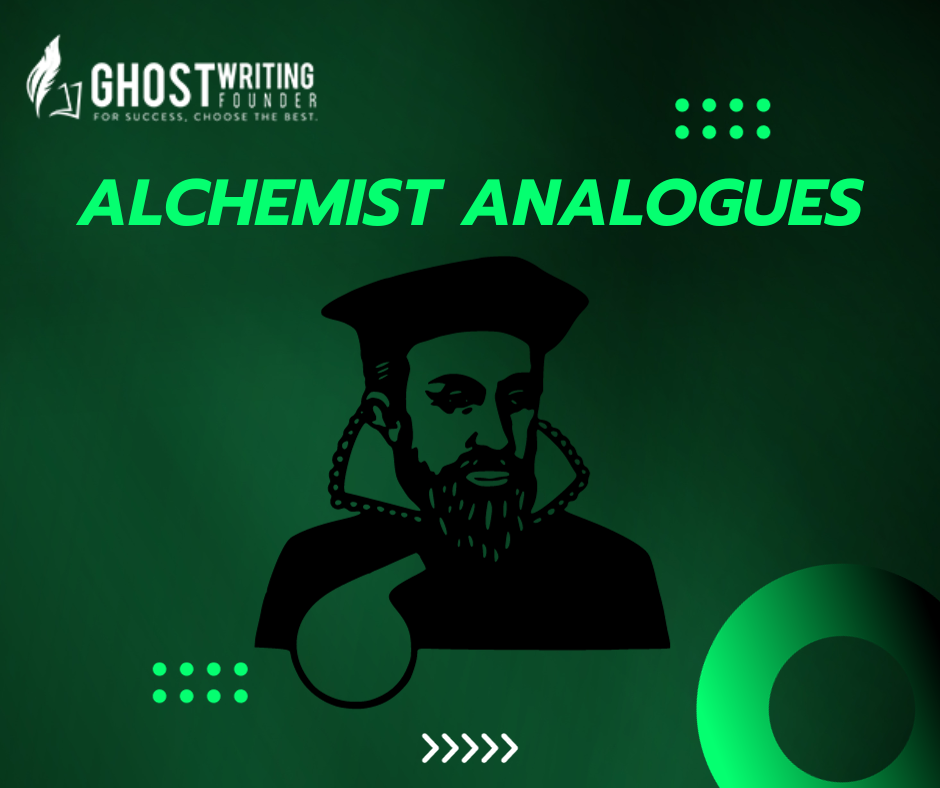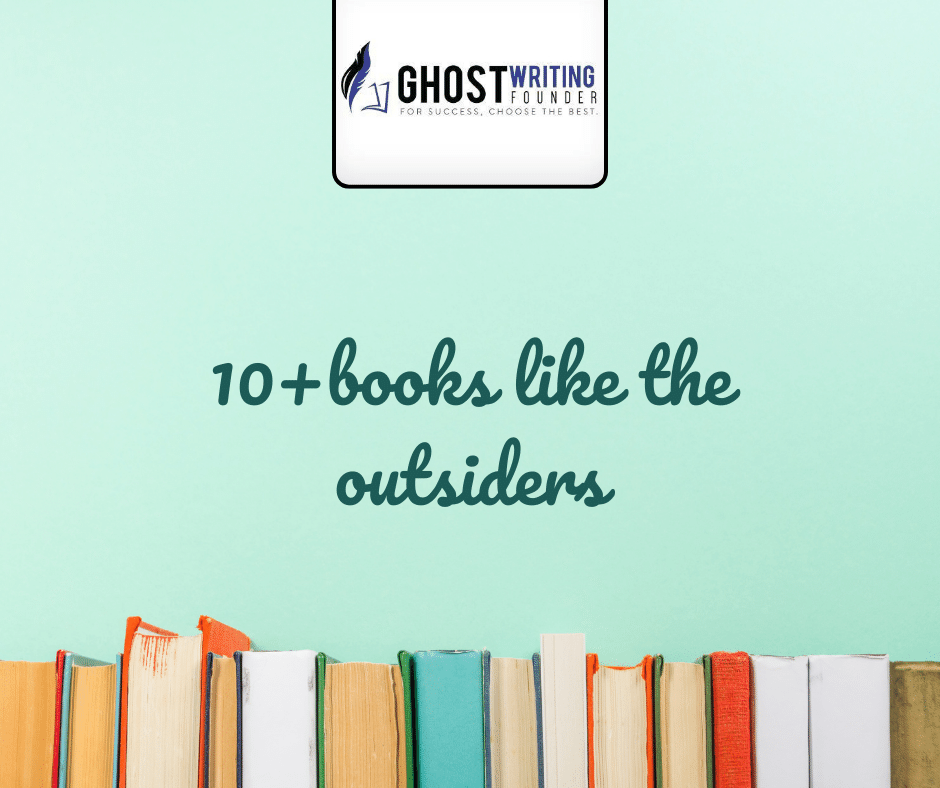
Book
As humans, we are wired to feel emotions, and it is through books that we can experience a wide range of emotions, including sadness. Discover more about this in Sad Poems About Love. Sad books have been around for centuries, and they continue to be popular because they allow us to connect with our emotions uniquely.
The Importance of Emotional Reading
Books are a unique way to experience emotions we might not feel in our daily lives. For a deeper understanding, check out Exploring the Depths of Literary Fiction. They allow us to empathize with the characters and their struggles, even if we have never gone through those same experiences ourselves.
When we read sad books, we must confront our emotions and think deeply about our lives. This can be a cathartic experience that can help us process our feelings.
Reading is not just a way to pass the time. It can be a way to improve our mental health. For further insights, see Best Psychology Books. Emotional reading, in particular, can help us build empathy, reduce stress, and improve our overall well-being.
It can help us understand the perspectives of others, and it can help us develop greater emotional intelligence. For more on this, consider Non-Fiction Famous Books. Also, Ghostwriting Founder guides how to cope with difficult situations.
Examples of Sad Books
There are countless sad books out there, but here are a few examples:
1- The Fault in Our Stars by John Green
A poignant and deeply moving novel that explores the themes of love, loss, and mortality. The novel follows the lives of two teenagers. Hazel Grace Lancaster and Augustus Waters meet and fall in love at a cancer support group.
Through their story, Green explores the complexities of living with a life-threatening illness and how it can shape a person’s perspective on life and death. The novel’s characters are richly drawn and deeply empathetic, and their struggles are heart-wrenching and inspiring.
Green’s writing is poetic, and his portrayal of the characters is nuanced and authentic. The novel’s book writing themes are universal, and its exploration of the human experience is profound and relatable.
The Fault in Our Stars is a powerful and emotionally resonant novel that offers a unique perspective on the challenges and joys of being alive. It is a reminder that even in the face of loss and suffering, the world has beauty and hope.
2- The Book Thief by Markus Zusak:
Set in Nazi Germany, this novel tells the story of a young girl who steals books and learns to read with the help of her foster father. It’s a powerful story of love, loss, and the resilience of the human spirit.
Through Liesel’s experiences, Zusak offers a unique perspective on World War II and the Holocaust. He captures the brutality of war and the atrocities committed by the Nazis. Also highlighting the small acts of kindness and humanity that can make a difference in times of darkness.
The novel’s characters are deeply flawed and complex, and their struggles with morality, identity, and loss are compelling and relatable. Zusak’s prose is lyrical and evocative. His use of death as a narrator adds an eerie yet compelling layer to the story.
Ultimately, “The Book Thief” comes under the list of sad books. It is a reminder of the importance of empathy, compassion, and kindness in the face of adversity. Through Liesel’s story, Zusak shows us that even in the darkest times, there is still hope and beauty in the world.
3- A Little Life by Hanya Yanagihara:
This novel follows the lives of four friends over several decades. It’s a heartbreaking story of trauma, abuse, and the enduring bonds of friendship.
“A Little Life” by Hanya Yanagihara is a heart-wrenching and devastating novel. You can explore the depths of human suffering and the power of friendship and love to endure it. The novel follows the lives of four college friends – Jude, Willem, Malcolm, and JB – as they navigate the ups and downs of adulthood in New York City.
At the novel’s center is Jude, a complex and deeply damaged character. Through Jude’s story, Yanagihara explores the themes of trauma, abuse, and self-harm, as well as how these experiences can shape a person’s life and relationships.
The novel’s prose is vivid and poetic, and Yanagihara’s use of language is beautiful and brutal. Her portrayal of the characters is deeply nuanced and complex.
While “A Little Life” is a difficult and, at times, harrowing read, it is ultimately a testament to the power of human connection and the resilience of the human spirit. It is a powerful reminder of the importance of empathy, compassion, and kindness, even in the face of the darkest circumstances.
4- The Time Traveler’s Wife” by Audrey Niffenegger
A beautifully crafted novel that explores the complexities of time, love, and relationships. Through the eyes of the two main characters, Henry and Clare, readers are taken on an emotional journey that spans decades and defies the boundaries of time.
At its core, the novel is a poignant love story that shows how love can transcend time and space. Henry and Clare’s relationship is unconventional and challenging. But their unwavering love for each other is a testament to the strength of their bond.
Throughout the novel, Niffenegger has skillfully woven themes of fate, free will, and the consequences of our choices. She also uses time travel to explore the human condition and how our experiences shape who we are.
It is a testament to the power of love and the enduring human spirit.
5- The Kite Runner by Khaled Hosseini:
A gripping and emotionally powerful novel that explores the complexities of friendship, loyalty, and redemption. Set in Afghanistan, the novel follows the life of Amir, a young boy from a privileged background, and his servant Hassan, a Hazara boy from a lower class. The Writer’s way of book editing is exceptional.
Through Amir and Hassan’s relationship, Hosseini explores the themes of guilt, betrayal, and forgiveness. The story is a powerful meditation on the human condition and how our actions can have lasting and far-reaching consequences.
The novel’s vivid descriptions of Afghanistan’s landscape, culture, and historical context make it a rich and immersive reading experience. Hosseini’s writing is evocative and lyrical, and his portrayal of the characters is nuanced and complex.
It is a thought-provoking and emotionally resonant novel. This offers a unique perspective on Afghan culture and society while exploring universal love, loss, and redemption themes.
The Benefits of Emotional Reading
Emotional reading, or books that evoke strong emotions, can have several benefits. For one, it can help us become more emotionally intelligent. When we read sad books that make us feel emotional, we learn to recognize and process our emotions healthily.
In addition, emotional reading can also be a form of self-care. Reading a sad book can give us much-needed emotional release when we’re feeling overwhelmed or stressed. For more on this, explore How to Write Non-Fiction Book. It can also help us gain perspective and put our problems into context.
Tips for Reading Sad Books
Reading sad books can be a heavy emotional experience, so it’s important to approach them with care. Here are a few tips to keep in mind:
- Take breaks: If you feel overwhelmed, take a break from reading. Give yourself time to process your emotions.
- Find a support system: Talking to friends or family about the book can help you process your emotions and gain perspective.
- Practice self-care: Make sure to take care of yourself emotionally and physically while reading sad books. This can include getting enough sleep, eating well, and engaging in activities that bring you joy.
Key Characteristics and Profound Details
| Aspect | Description | Examples/Advice |
|---|---|---|
| Emotional Connection | Discusses how sad books allow readers to connect with their emotions and empathize with characters. | “Sad Poems About Love” for deeper understanding. |
| Importance of Emotional Reading | Highlights the benefits of reading for mental health and empathy building. | Refer to “Exploring the Depths of Literary Fiction” and “Best Psychology Books”. |
| Examples of Sad Books | Lists notable sad books and their themes. | “The Fault In Our Stars,” “The Book Thief,” “A Little Life,” “The Time Traveler’s Wife,” and “The Kite Runner.” |
| Benefits of Emotional Reading | Explores how emotional reading enhances emotional intelligence and offers perspective. | Insights into emotional processing and self-care tips. |
| Approach to Sad Books | Tips on how to read sad books effectively, focusing on emotional well-being. | Take breaks, seek support, and practice self-care while reading. |
| Thematic Exploration | Discusses the exploration of themes like love, loss, and human condition in sad books. | “The Fault In Our Stars” and “The Kite Runner” as examples. |
| Conclusion | Summarizes the impact and diversity of sad books on readers. | Encourages exploration of emotions and connecting with various experiences. |
Conclusion
The world of sad books and emotional reading is vast and complex. It is filled with various themes and experiences that can deeply impact readers. From stories of grief and loss to tales of redemption and hope, these books offer readers a chance to explore their own emotions and connect with the experiences of others.









Leave a Reply